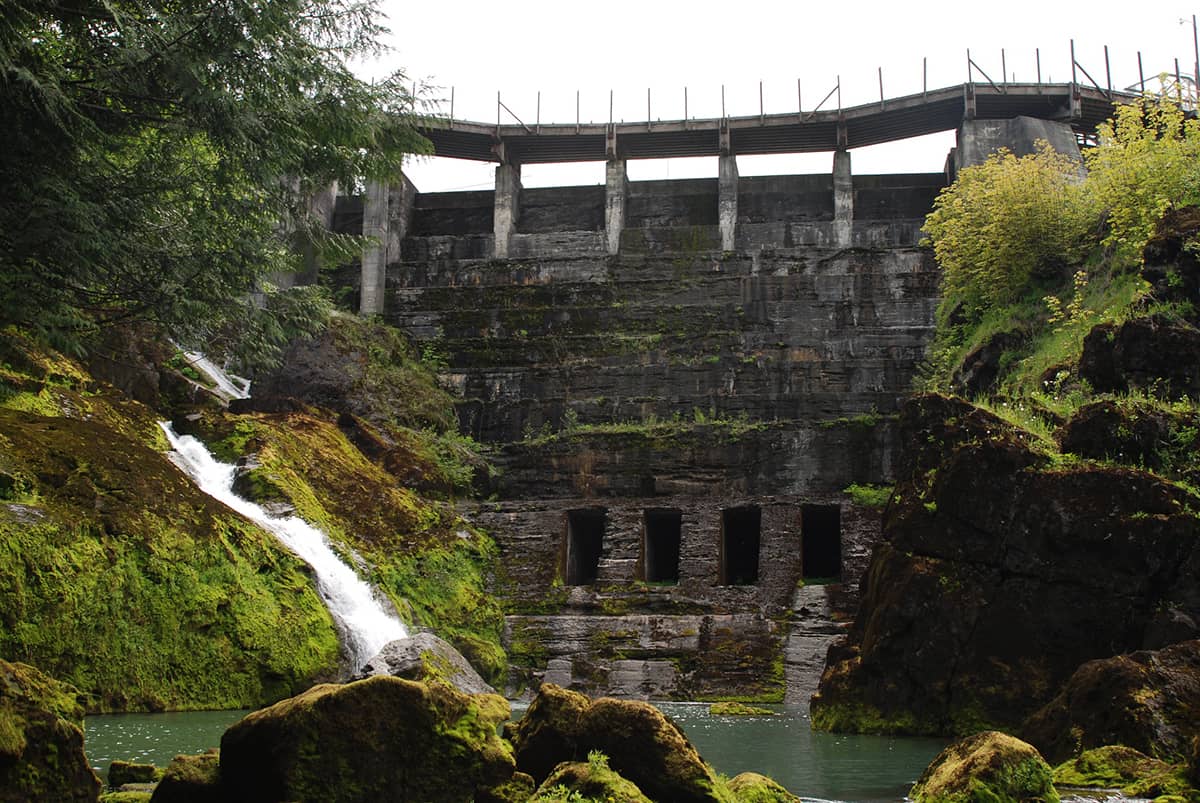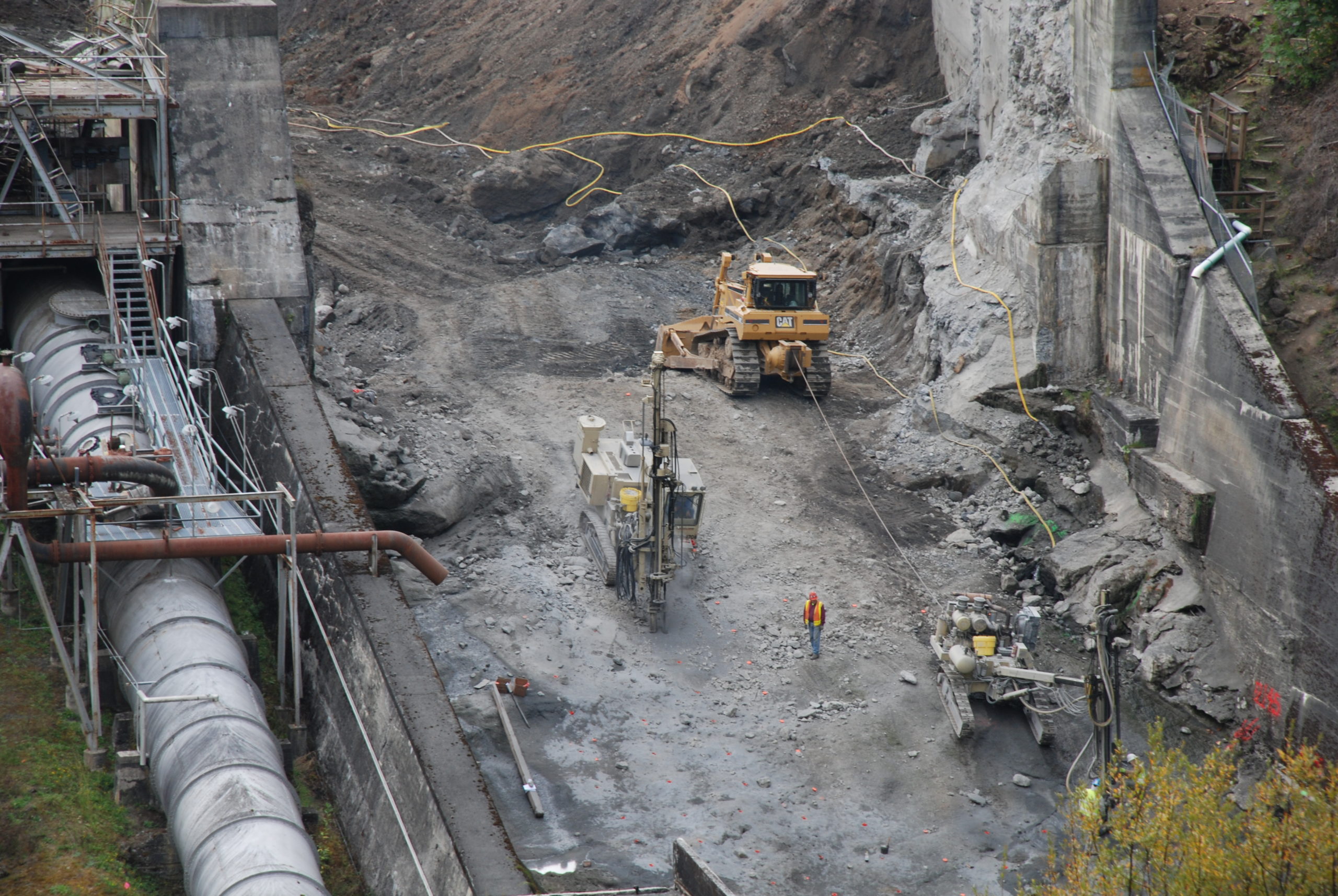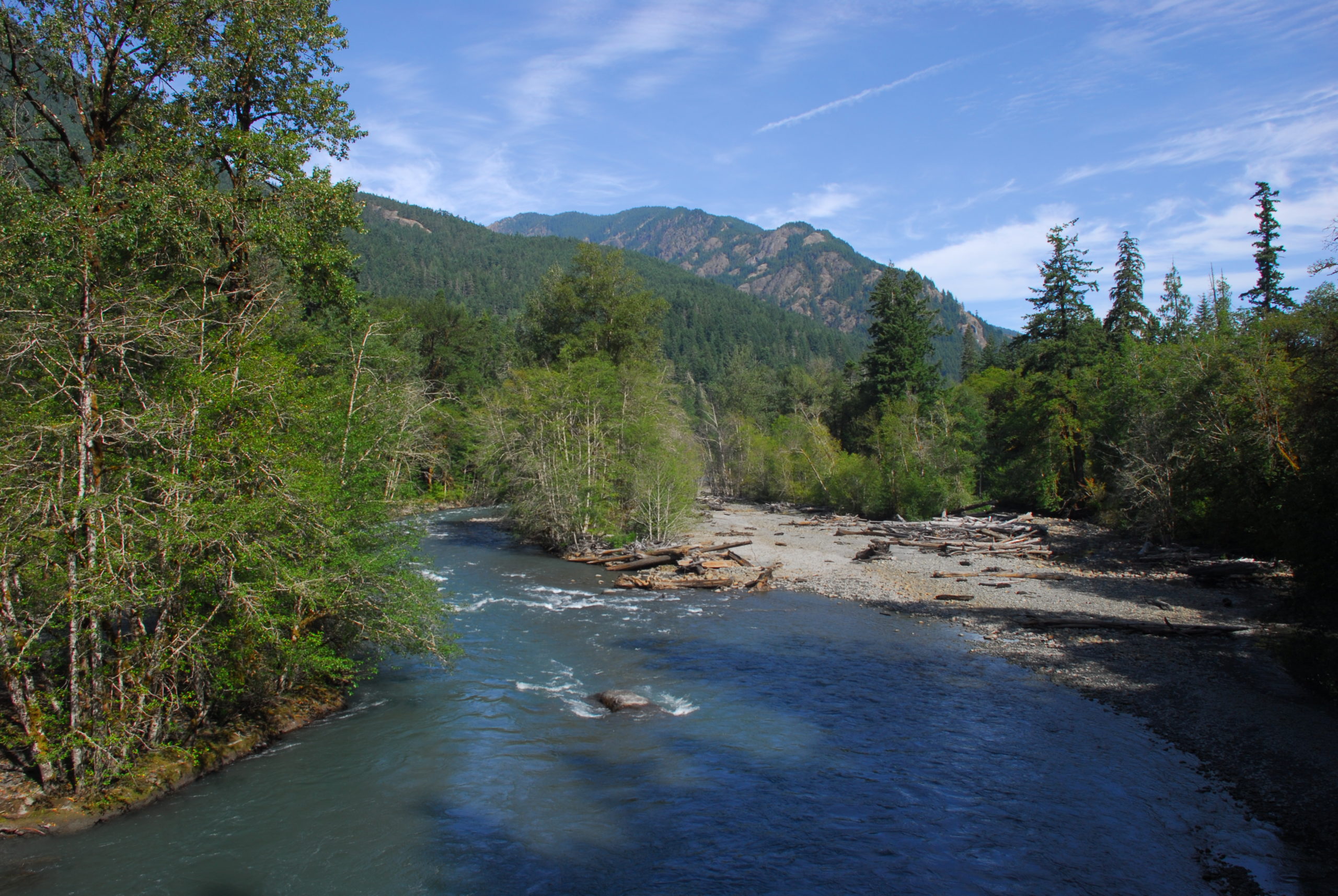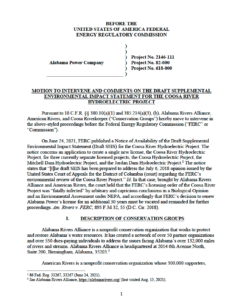Celebrating a Decade of Recovery on the Elwha River

The Glines Canyon Dam Site following removal of the dam. Photo by Thomas O’Keefe.
By Thomas O’Keefe
This week we celebrate the 10th anniversary of the Elwha River Restoration project and the commencement of dam removal on the Elwha River. The removal of Elwha Dam and Glines Canyon Dam represents the biggest dam removal effort in the United States; reflecting back on that achievement after a decade has passed we are witness to a river that has made, and continues to make, a remarkable recovery. Salmon and steelhead are now recolonizing 70 miles of habitat, most of it protected in Olympic National Park, that was inaccessible for a century. Trees have rapidly recolonized the former reservoir bottoms as the forest comes back to life. Where the river enters the Salish Sea, 70 acres of nearshore estuary habitat has been created.

Elwha Dam prior to removal in 2011. Photo by Thomas O’Keefe
The recovery of the Elwha River stands as an example of the remarkable restorative properties of rivers. With the recovery of geomorphic processes, the river quickly reconnected with its floodplain, sediment-starved habitat was replenished, and fish immediately found new high quality spawning habitat. For the Lower Elwha Klallam Tribe, who have lived along the banks of the Elwha River since time immemorial, the returning salmon represent a gift from the creator. The Tribe now has access to sacred sites previously inundated by the reservoirs, allowing cultural traditions to be reborn.
The Elwha also serves as an example of successful partnership between Tribes and the river conservation community, and an inspiration for other river restoration efforts in the region. The Lower Elwha Klallam Tribe filed the original intervention in the hydropower licensing proceeding in 1986 demanding that the dams not be licensed and instead be taken down. Seattle Audubon, Friends of the Earth, Olympic Park Associates, and the Sierra Club Cascade Chapter joined in the effort calling for the removal of the dams at a time when taking down a dam was considered a crazy idea. Over the years other groups joined in and ultimately Congress provided the authorization and funding for dam removal.

Crews break up the concrete of the river left spillway as part of Elwha Dam removal in October 2011. Photo by Thomas O’Keefe.
Looking back, we see that the removal of Elwha and Glines Canyon dams and the subsequent restoration of the Elwha River have been an undeniable success. At the onset of the process, however, dam removal was far from a foregone conclusion. Despite the obvious social justice impacts, the minimal amount of power generated, and longstanding concerns with dam safety, the effort to decommission the Elwha Dams took nearly three decades. This is in contrast to the hydropower licensing process, which only takes 6 years and allows the licensee to operate a project on a public waterway for up to 50 years.
There are many dams across the country that, like those on the Elwha, are strong candidates for removal. It is unacceptable to allow these dams to remain on the landscape for decades, even after the owners agree they no longer provide value or are unable to do the necessary operations and maintenance to operate a dam safely. Inaction costs ratepayers, harms rivers, and threatens public safety. Unfortunately, the regulations in the Federal Power Act regarding license surrender and dam removal are only a few sentences and offer little guidance as to the process of dam removal. Efforts to remove dams like those on the Klamath River or Enloe Dam on the Similkameen River proceed at an unacceptably slow pace. What is needed is a process that is efficient, transparent, and decreases uncertainty for all parties. In 2003, the Federal Energy Regulatory Commission made substantial revisions to the hydropower licensing process that have resulted in greater efficiency and shorter licensing timelines. It is well past time for a similar overhaul of the decommissioning and surrender process.

View of the Elwha River from the Olympic Hot Springs Road Bridge following dam removal. Photo by Thomas O’Keefe.
The restoration of the Elwha River represents a remarkable success and is an inspiration for other dam removal efforts in the region and across the country. As we celebrate this important anniversary, it provides an opportunity to reflect on what we can do to restore more rivers across the country. In another ten years, we hope to look back on many more successful dam removal projects and restored rivers.
Learn more about this project at www.hydroreform.org/elwha.


